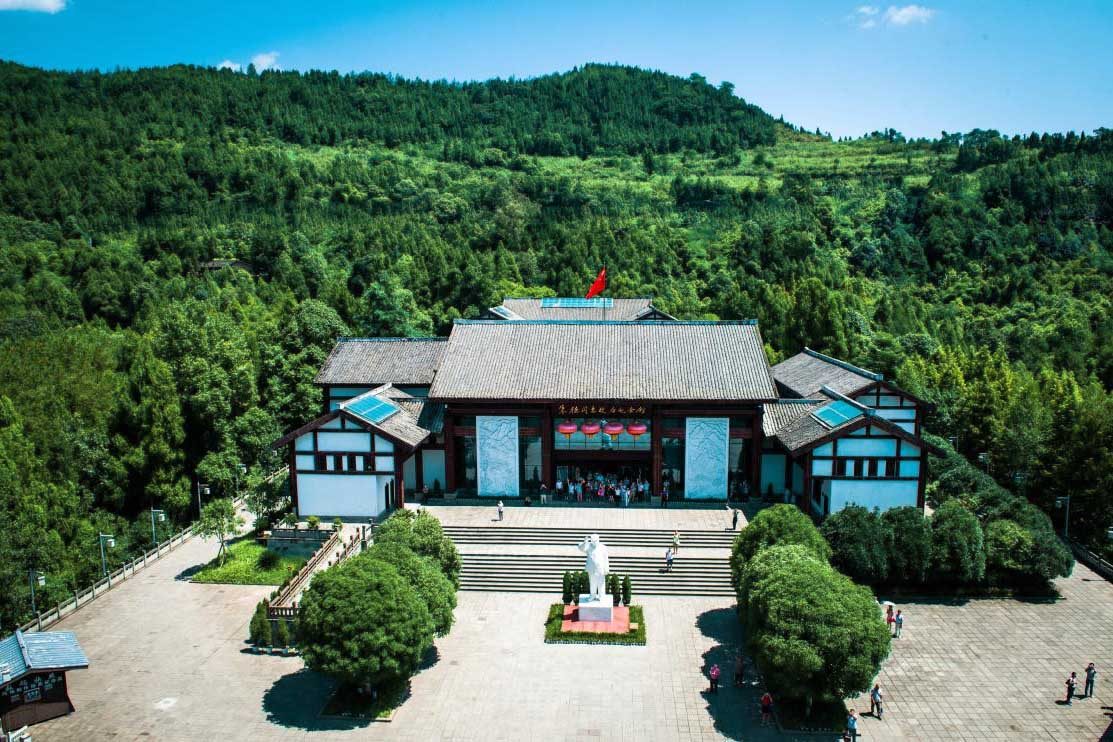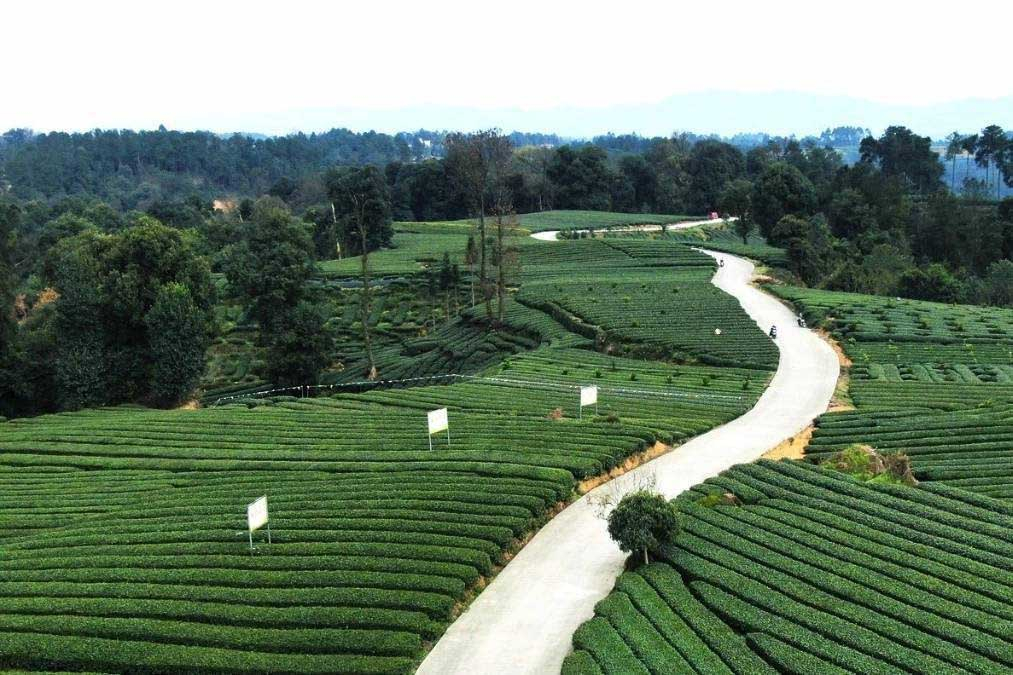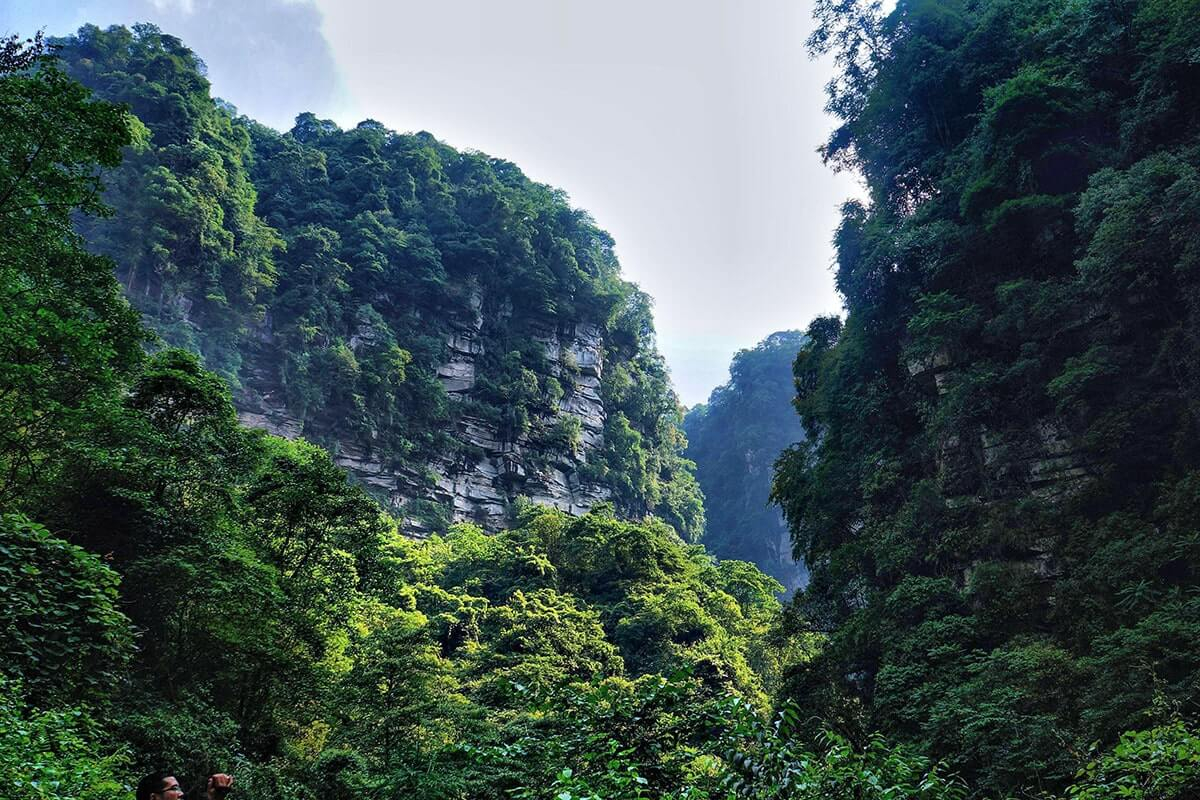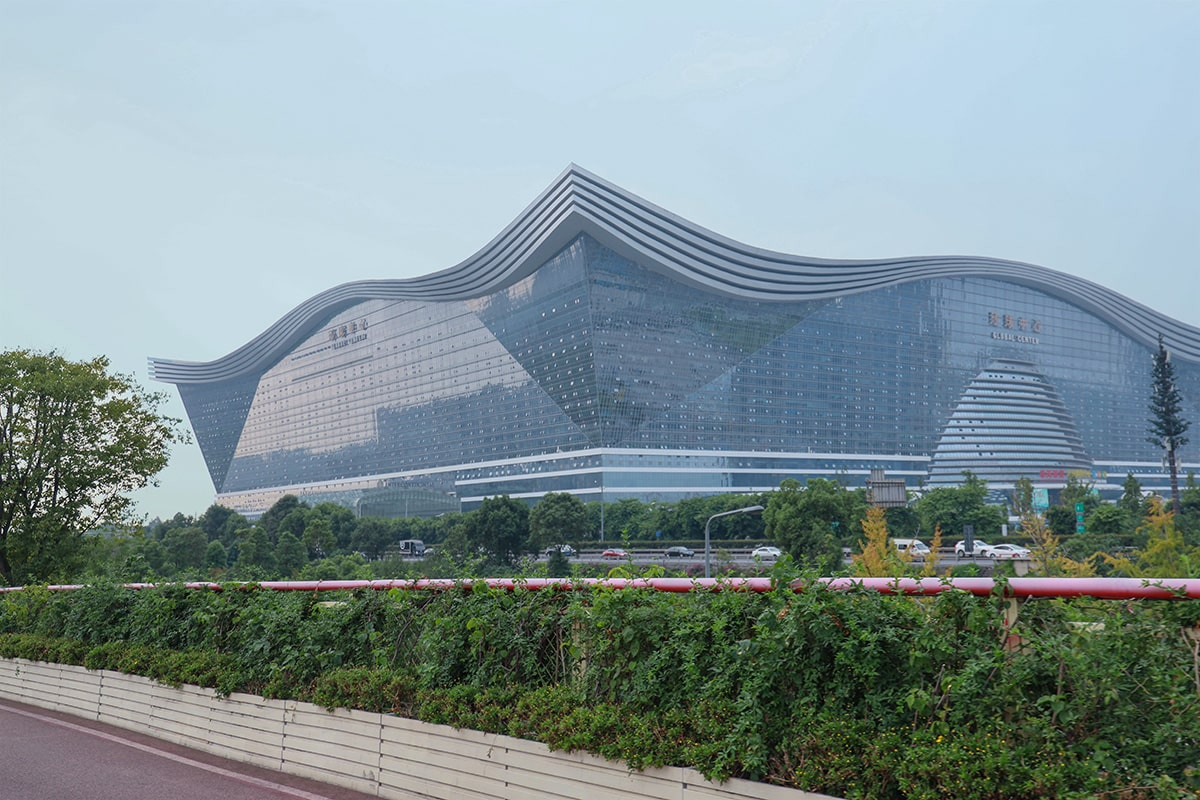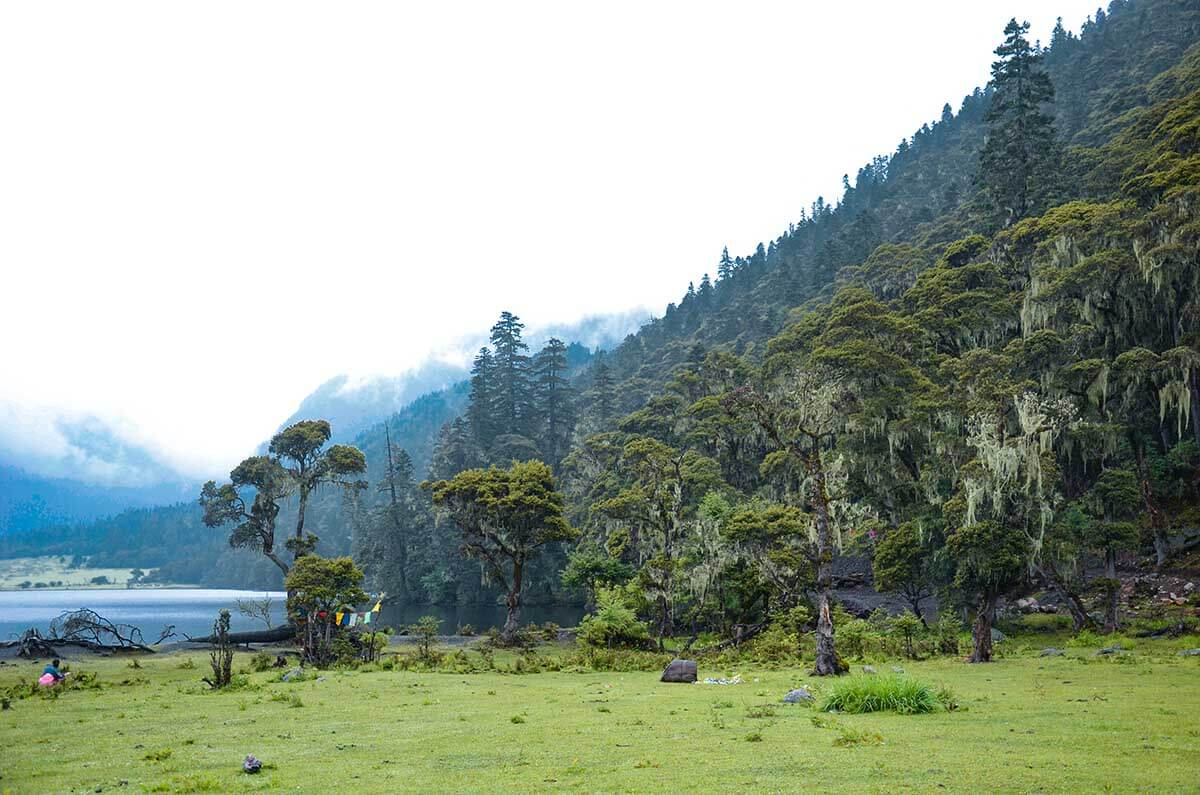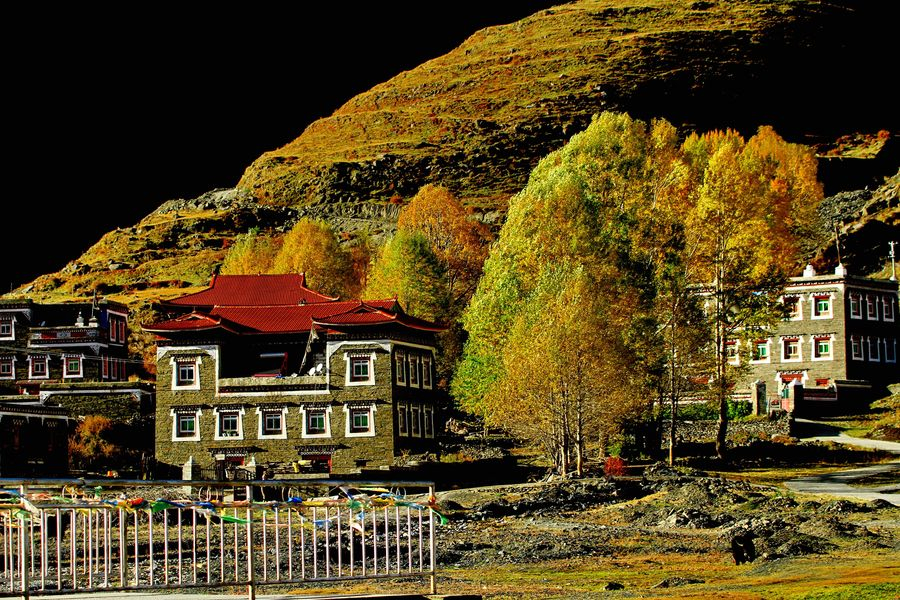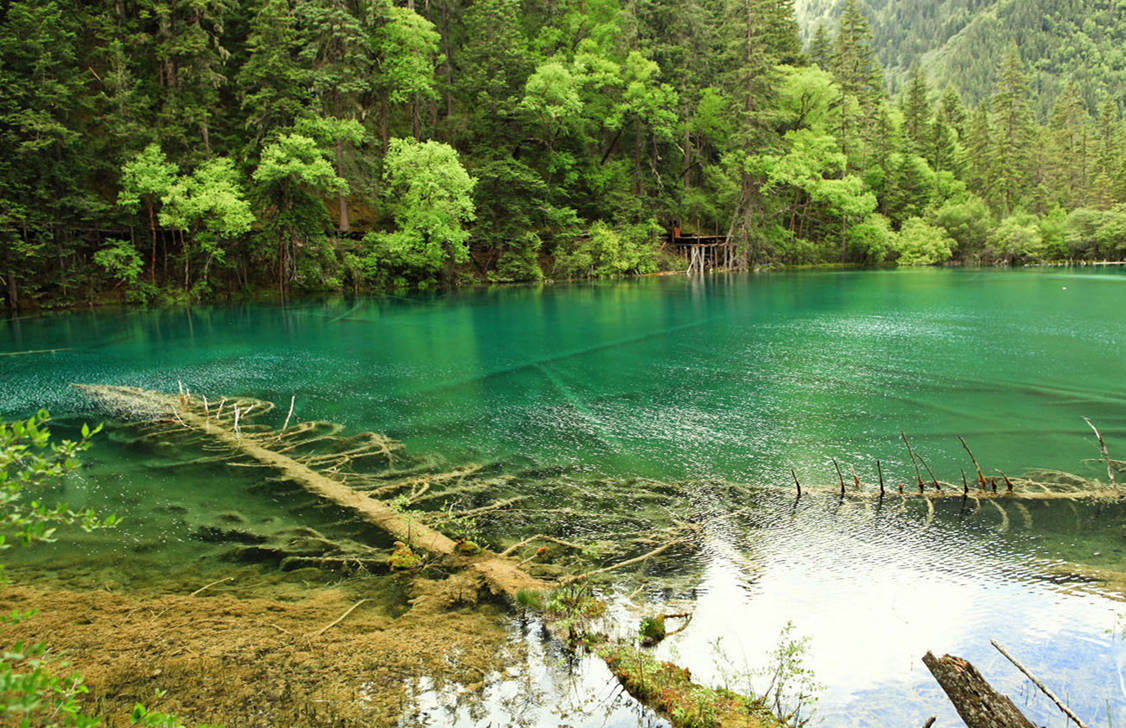Sansu Shrine
Chinese Name: 三苏祠 (San Su Ci)
Location: No.72, South Section of Shahu Hang Road, Dongpo District, Meishan City, Sichuan Province.
Ticket: Entrance ticket CNY40.00
Estimated tour time: 1-2 hours
Recommended time to visit: All year round
Nearby attractions: Mount Emei Scenic Area, Leshan Giant Buddha, Bifengxia Valley Sceninc Area, Liujiang Ancient Town, etc.
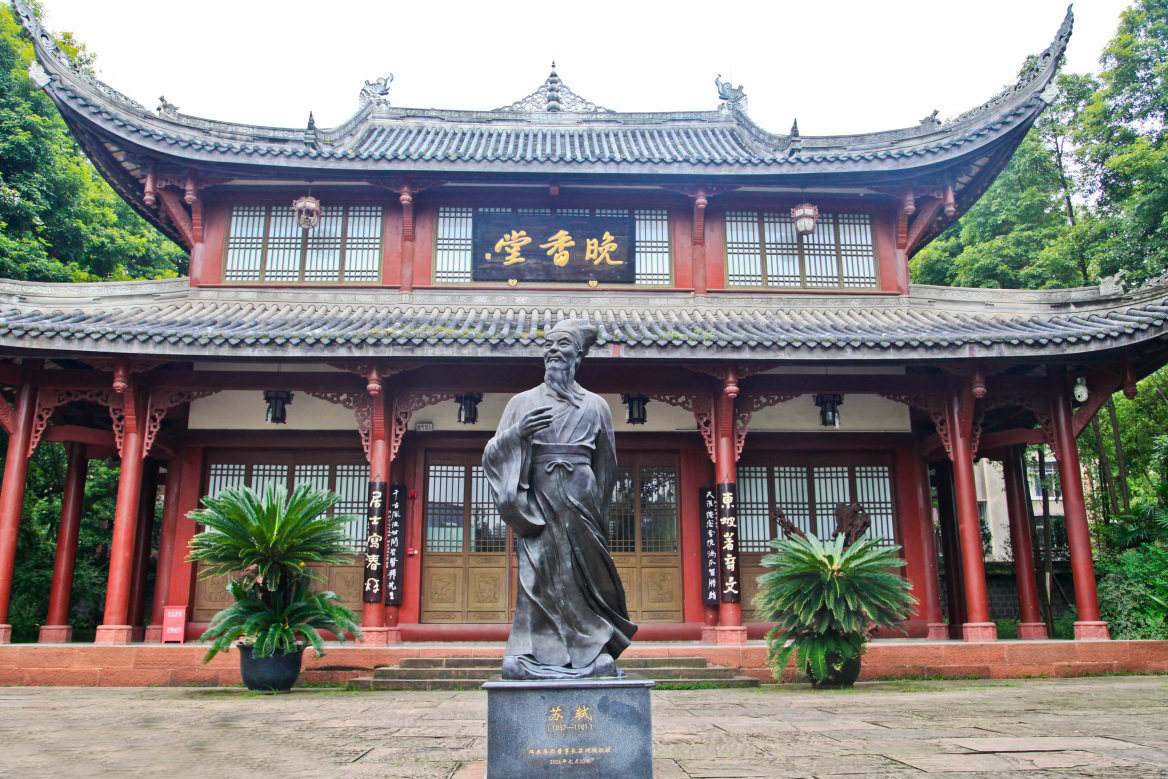
Sansu Shrine, the memorial temple of three persons whose family names were all Su. It was first built in the Northern Song Dynasty (960-1127) and now is a relic which was rebuilt in the 4th year of Emperor Kangxi’s reign (1665) of the Qing Dynasty (1936-1911). It covers an area of 65,000 square meters (16 acre) as the former residence and memorial temple of Su Xun (苏洵) and his sons, Su Shi (苏轼) and Su Zhe (苏辙). Sansu Shrine is an important place for studying the three great poets, their works, the architectural art and garden art of Ming (1368-1644) and Qing Dynasties.
● Su Shi 苏轼 (1037-1101)
A famous litterateur, calligrapher and painter in the Northern Song Dynasty and a native of Meishan city. Su Shi is also called Su Dongpo by people. One of the most well-known Chinese cuisines, Braised Dongpo Pork, is said to be created by Su Dongpo and is named after him. However, another story said it was created by Dongpo’s concubine Wang Chaoyun for improving his diet when Su was demoted to Huangzhou city.
● Su Zhe 苏辙 (1039-1112)
A litterateur and the Prime Minister of the Northern Song Dynasty.
● Su Xun 苏洵 (1009-1066)
A litterateur of the Northern Song Dynasty. Together with his sons, Su Shi and Su Zhe, they are called "three Su", and they are all listed in the "Eight Great Scholars of the Tang and Song Dynasties".
This shrine consists of the Front Hall (the gate of the shrine), the Dinning (Banquet) Hall, the Qixian hall, the Laifeng Xuan Hall, the wing-rooms in the east and the west, and the corridor. These buildings are on the same central axis from south to north. Nevertheless, the wing rooms have some difference from Chinese traditional architectural composition, it forms a layout which is not perfectly symmetrical.
● The Dinning (Banquet) Hall 飨殿
This is a small one-storey house with grey tiles. In the middle of its ridge, there is a pavilion-like ornament with three storeys of eaves and is 1.5 meters high. In addition, 6 pairs of symmetrical animal ornaments and a Chiwen (鸱吻, a legendary animal that looks like sparrow hawk) at each end could also be found on the ridge. All these ornaments are made of pottery and the floor is made of tabia. There are three plaques in the first three couplets. In the hall, there are statues of the father and the sons.
- HOTEST
- RECOMMEND


